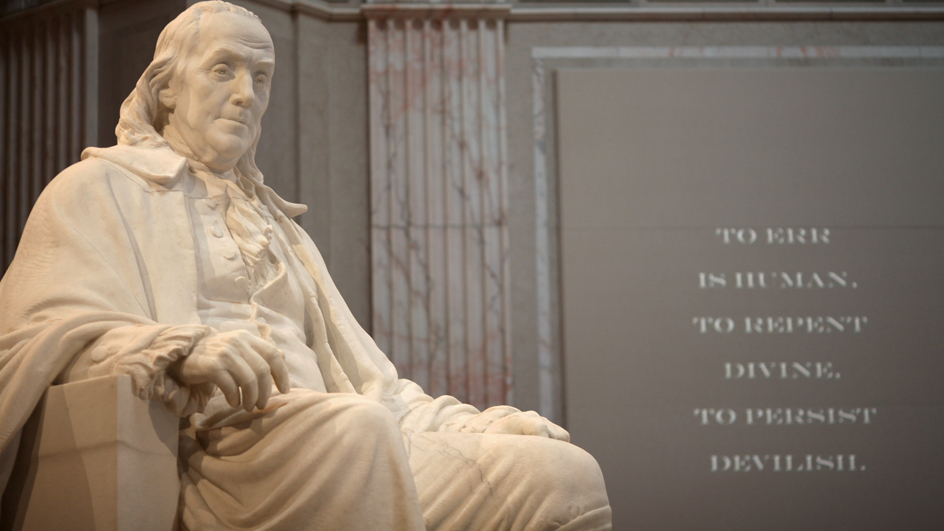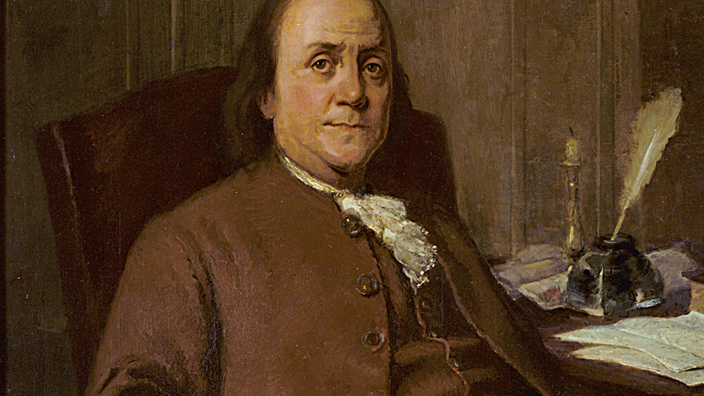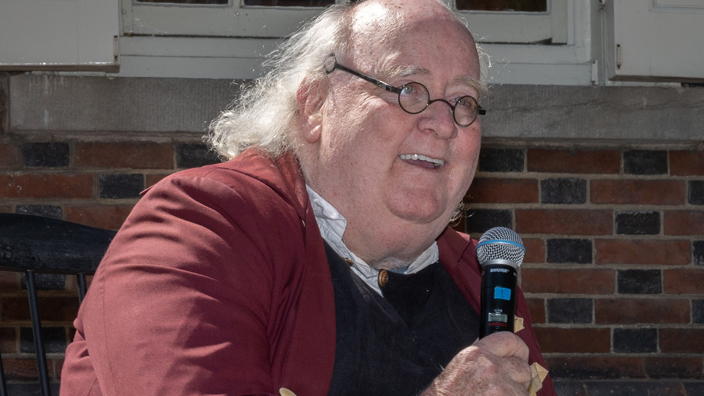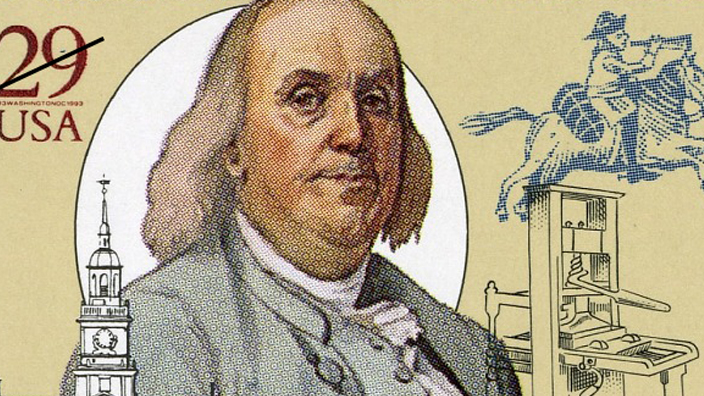Benjamin Franklin — the nation’s first postmaster general — is probably best known as a signer of the Declaration of Independence and the U.S. Constitution, as well as for being a prolific inventor.
To help mark the Postal Service’s 250th anniversary, here are a few things you might not know:
• Franklin only had two years of formal education. He made up for his lack of schooling by buying books with the money he earned as an indentured apprentice at the print shop owned by his brother, James. Franklin sharpened his intellect and honed his writing skills by reading essays and rewriting them from memory. He later founded the University of Pennsylvania, the Philadelphia Library and the American Philosophical Society.
• He was a teenage media sensation. At age 16, Franklin secretly submitted humorous essays under the pen name “Silence Dogood” that were published in the New England Courant. “Silence” was a fictitious widow who had opinions on everything from fashion and marriage to women’s rights and religion. She even received several marriage proposals before Franklin unmasked himself as the author.
• His governing ideas were ahead of his time. In 1754, more than 20 years before the Revolutionary War, Franklin drafted the Albany Plan of Union, a proposal to unite the American Colonies during the French and Indian War. While the Colonial legislatures never acted on his proposal, it marked the first time that Colonies from different regions considered the creation of a unified government.
• Franklin spent nearly 30 years abroad. He represented the Colony of Pennsylvania in London, then later represented the United States in Paris, where he secured the French alliance during the Revolutionary War. He also helped negotiate the Treaty of Paris that officially ended the war. His fame continued to grow after his many inventions and experiments with electricity, making him the biggest American celebrity at home and in Europe.
• Long before the $100 bills bearing his likeness were in circulation, he fought against counterfeiters. In 1731, Franklin won a contract to print paper currency for the Colony of Pennsylvania. To deter counterfeiters, he created a cast of a sage leaf to print on the bills because the intricate pattern was difficult to reproduce. He also used paper with shiny flecks of mica and experimented with special inks containing graphite and other materials.
Email us your feedback. Your comments could be included in our “Mail” column.



